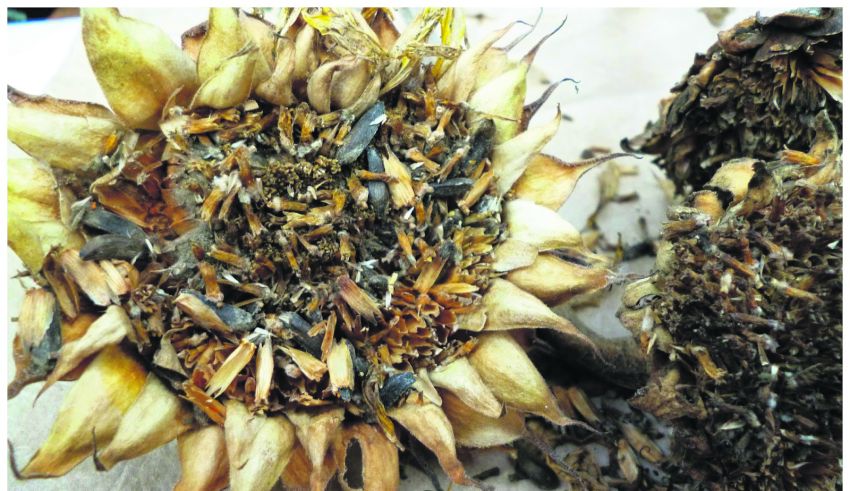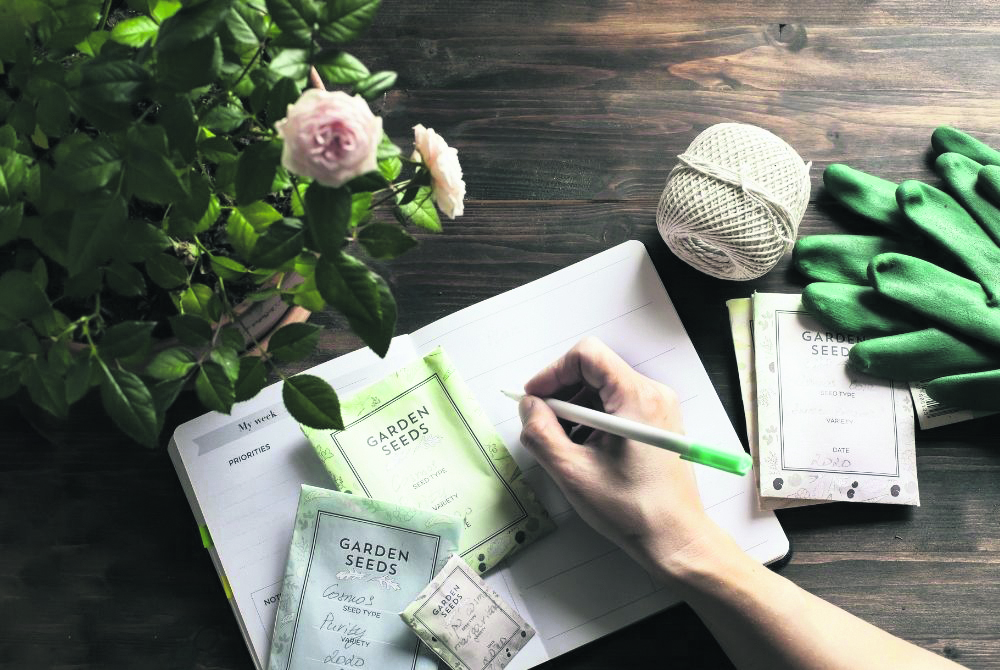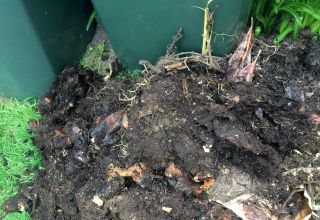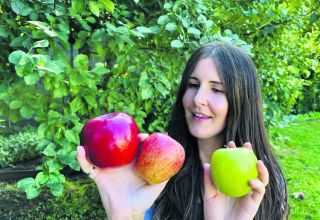
September is the perfect time to collect seeds from a wide variety of plants, vegetables and flowers you grow in your garden. They are widely available, free and allow you to create your own plant dynasty.
Saving seed involves three steps: selecting seeds from the most suitable plants, harvesting them at the right time and storing them properly.
Seed-saving is easy. You’ll get better seed than you can buy, you can keep your own varieties going for future years and rather wonderfully you can start a whole new dynasty of plants.
In the gardening world there are few things that are more rewarding than starting a dynasty of new plants.
Growing plants from seeds is one of the most basic and fulfilling of all the things we do in the garden. When we collect our own seed, clean it, dry it, store it, we are taking part in an endeavour that stretches back for thousands of years. It is of course all to do with the cycle of life. It’s exciting to sow from brightly coloured seed packed which adorn the shelves of garden centres but it is far more satisfying to collect your own seeds and start a new dynasty of plants.
September is a time of abundance in the garden with lots to harvest.
This is also the key time when many of your plants are running out of steam and setting seeds. This isn’t such a bad thing as your plants are providing you with the seeds for next year’s crop. Heirloom crops wouldn’t exist if it weren’t for gardeners and farmers who carefully grew and saved seeds for thousands of years.
The skill is knowing when the seeds are fully mature and ready for harvest.
It takes trial and error to learn and perfect this skill. So, don’t be afraid to experiment and try different things.
And remember it’s all for free.

Four steps to follow:
1. Know what to grow
Open pollinated varieties, are like dog breeds; they will retain their distinct characteristics as long as they are mated with an individual of the same breed. This means, with a little care and planning, the seeds you produce will be true-to-type, keeping their distinct traits generation after generation if they do not cross-pollinate with other varieties of the same species.
Not all plants flower, set seed, and die in a single growing season. Those that do, like lettuce, tomatoes, and peppers, are annuals. Biennials, such as carrots and onions, don’t flower until their second growing season, after they have gone through a cold period. Some long lived plants, like apple trees and asparagus, are perennial, surviving and flowering for many years.
2. Start with easy crops
Some crops like peas, beans, lettuce, and tomatoes are great for beginning seed savers. These annual, self pollinating crops require little to no isolation, and only a few plants are needed to reliably produce seeds.
Grow enough plants.
Some crops have a hard time producing seeds when too few plants are around. Others can reproduce with just a single plant. If the population size of a seed crop is too small, some genetic diversity may be lost and over many generations; in time this can result in a noticeable decrease in plant stature, overall vigor, germination, and yield.
Put a little space between varieties.
In order to produce seeds that are true-to-type, a little garden intervention is needed to prevent unwanted cross pollination between different varieties of the same species. For some crops like lettuce and peas, all that is needed is a little extra space between varieties. For others, more advanced methods can be used, including larger isolation distances, pollination barriers, or hand pollination.
3. Know when your seeds are mature
For crops that produce wet fruits, the seeds are not always mature when the fruits are ready to eat. Eggplant, cucumber, and summer squash fruit are eaten when the fruits are immature and still edible, but before the seeds are mature. This means that seed savers need to leave a few fruits to fully mature in the garden when they want to save seeds. Dry fruited crops, like grains, lettuce, and beans, can be removed from the plant once seeds are dry and hard.
Garden crops can be classified as either dry fruited or wet fruited. Collecting seeds from dry fruited crops, can be as simple as going out to the garden, handpicking a few mature seedpods, and bringing them into the house for further drying and cleaning. Fruits from wet fruited crops must be picked when their seeds are mature. The harvested fruits are either crushed or cut open, and the seeds are extracted from the flesh and pulp before the seeds are dried.
4. Store seeds
Seeds are happiest when they are stored in a cool, dark, and dry place. A dark cupboard in a cooler part of the house or a dry, cool basement are both good spaces to store seeds for a year or two. Once properly dried, seeds can also be sealed in airtight containers and stored in the refrigerator or freezer for several years. The seeds of some crops are naturally longer lived. Tomato seeds and beans can be left for many years in adequate storage conditions, while onion and carrot seeds are notoriously short lived.
Don’t forget to label your seeds with the crop type, variety name, and any useful notes about your seed source, when you harvested the seeds,
and how many plants you harvested from.











